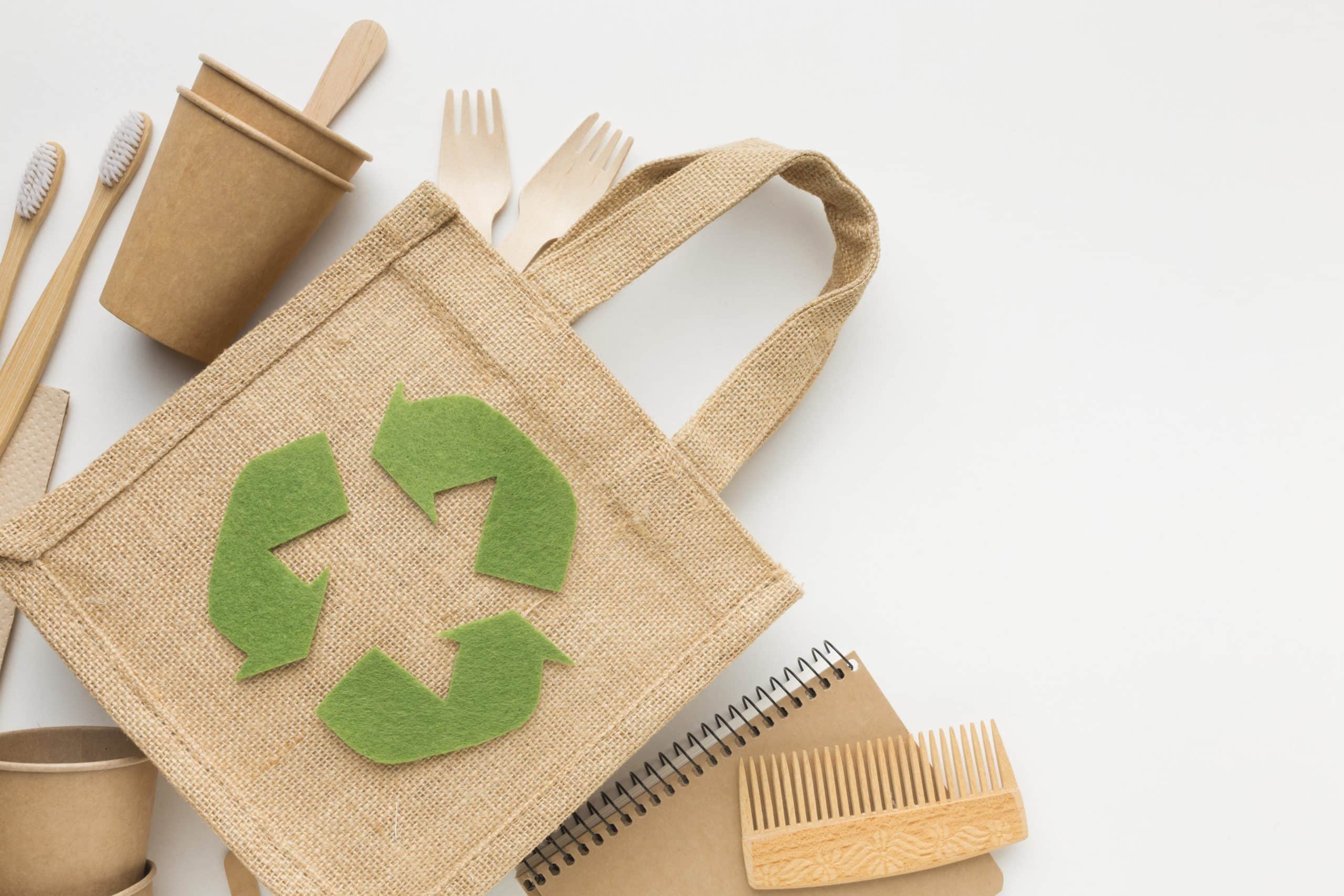In recent years, there has been an increasing global awareness regarding the environmental impact of the fashion industry. As a result, consumers and fashion brands alike are becoming more focused on sustainable fashion. This growing movement focuses on creating clothing and accessories that are both stylish and environmentally friendly.
One of the key aspects of sustainable fashion is the use of high-tech fabrics. These fabrics are made using innovative techniques that minimize waste, reduce energy consumption, and have a lower impact on the environment. For example, some fabrics are made from recycled materials, such as plastic bottles or fishing nets recovered from the ocean. Others are created through processes that use less water and chemicals compared to traditional textile manufacturing.
In addition to high-tech fabrics, eco-friendly designs are also an important component of sustainable fashion. This involves creating garments that are durable and long-lasting, as well as designing clothing that can be easily repaired or recycled. By focusing on longevity and recyclability, fashion brands can greatly reduce the amount of clothing that ends up in landfills each year.
The Rise of High-Tech Fabrics
In recent years, there has been a growing trend towards high-tech fabrics in the fashion industry. These fabrics, also known as smart fabrics or technical textiles, are created using advanced technologies and innovative materials. They offer unique properties and functionalities that go beyond traditional textiles, making them increasingly popular among both designers and consumers.
One of the main advantages of high-tech fabrics is their sustainability aspect. Many of these fabrics are made from recycled materials or are biodegradable, reducing their impact on the environment. Additionally, they often require less water and energy during production compared to conventional textiles. This aligns with the global push for more sustainable fashion practices and contributes to a more eco-friendly industry.
High-tech fabrics also offer practical benefits to the wearer. For example, some fabrics are designed to be moisture-wicking, keeping the body dry and comfortable during physical activities. Others are infused with antimicrobial properties, reducing odors and bacteria growth. Some high-tech fabrics are even capable of regulating body temperature, providing warmth in cold conditions and cooling in hot environments. These functionalities make high-tech fabrics ideal for sportswear, outdoor apparel, and even everyday clothing.
In conclusion, the rise of high-tech fabrics is revolutionizing the fashion industry. Not only are these fabrics more sustainable, but they also offer practical advantages to the wearer. As technology continues to advance, we can expect to see even more innovative and functional fabrics in the future.
Eco-Friendly Designs for a Sustainable Future
In conclusion, the fashion industry has made significant strides towards sustainability by focusing on eco-friendly designs. These designs not only reduce the industry’s negative impacts on the environment but also contribute to a more sustainable future. By using high-tech fabrics, such as recycled and organic materials, designers are able to create stylish and durable clothing that is less harmful to the planet.
Eco-friendly designs also involve innovative approaches to production and manufacturing processes. By implementing more efficient and sustainable practices, such as using renewable energy sources and reducing waste and water consumption, fashion brands are able to minimize their carbon footprint and further contribute to a greener future.
Key elements of eco-friendly designs include:
- The use of sustainable and ethically sourced materials.
- The reduction of waste and carbon emissions during production.
- The promotion of circular economy principles, such as recycling and upcycling.
- The adoption of innovative technologies that minimize environmental impacts.
- The prioritization of worker well-being and fair labor practices.
As consumers, we also play a crucial role in shaping the future of sustainable fashion. By supporting brands that prioritize eco-friendly designs and making conscious choices about the clothes we buy, we can contribute to a more sustainable and ethical fashion industry. Together, we can create a future where fashion is both stylish and environmentally responsible.
| Eco-Friendly Designs: | Benefits: |
|---|---|
| Recycled fabrics | Reduces the need for new materials and diverts waste from landfills. |
| Organic materials | Minimizes exposure to harmful chemicals and promotes healthier ecosystems. |
| Efficient production processes | Reduces energy consumption and water usage, leading to lower carbon emissions and less pollution. |
| Circular economy principles | Encourages resource reuse, reducing the demand for new materials and minimizing waste. |

